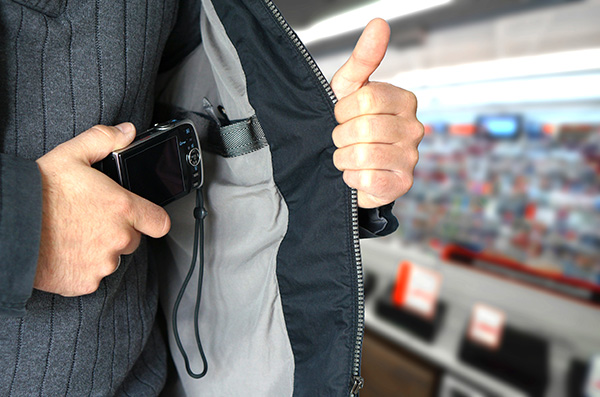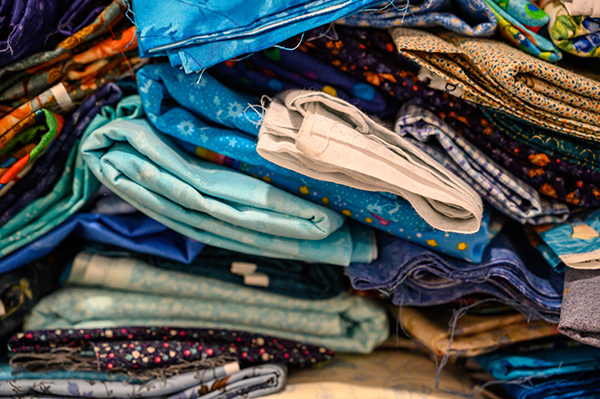
Set to be unveiled by as early as 2020, unmanned ghost ships are the latest concept to hit the automation world. With many land-based automated delivery options already in the works, the natural next step is to pursue sea-based delivery methods that utilize water to get products where they need to go faster and more efficiently.
Christian Matthews, head of maritime technology at Liverpool John Moores University, recently published a piece in The Conversation explaining how the first automated cargo ship is already being developed for a Norwegian agricultural fertilizer company. If all goes according to plan, the vessel will sail on the open seas in less than three years.
But first, there have to be changes made to international shipping laws, which currently dictate that all ocean-going vessels must be manned by actual human being. Until that happens, automated ships will only be allowed to operate close to the coastlines of the countries in which they operate, in this case Norway.
But this could change, as the United Nations' International Maritime Organization (IMO) announced earlier this year that it may change the rules and allow unmanned vessels to traverse international waters. This is a promising advancement for companies like the Norway-based Yara Birkeland, which is already far along in bringing its first automated "ghost" ship to the commercial market.
The Yara vessel will reportedly be powered by only electricity, which means it won't produce any polluting emissions. It will also inadvertently help to remove some 757 tons of carbon dioxide from the atmosphere in the process by cutting the number of product delivery journeys required with diesel-powered trucks by an average of 40,000 trips per year.
Recognizing its potential, several shipping firms in Japan have indicated an eagerness to develop similar automation technologies. The British firm Rolls-Royce is also fully onboard with the concept, having earlier in the year demonstrated the world's first remote-controlled, unmanned commercial ship. But what about the risks?
Emerging research suggests that unmanned ships may actually be safer and lead to fewer accidents
Safety is obviously the most pressing concern with the use of automated "ghost" ships, as not having any humans present to take control in the event of an emergency represents a serious danger, especially far out in the open waters. But there are many involved with the technology's development who believe that, once it becomes more refined, will actually be safer than if a crew was onboard.
A 2016 annual overview put together by the European Maritime Safety Agency found that most – some 62 percent – of the 880 sea vessel accidents that took place between the years of 2011 and 2015 were caused by "human erroneous action." This suggests that, were humans not involved, such accidents wouldn't have taken place.
Another study published back in March came to a similar conclusion after reviewing the circumstances surrounding 100 sea vessel accidents that occurred between the years of 1999 and 2015. The research team found that, had those vessels not been manned by humans, they may not have become grounded or collided with other objects or vessels.
"As the Yara Birkeland starts her journey towards the status of the first fully autonomous ship, there will be lots of interest in how she fares. It feels inevitable that unmanned ships will come of age," says Matthews. "But there are still plenty of problems that need to be solved before they become a mainstream choice for carriers."
Sources for this article include:
Please contact us for more information.























